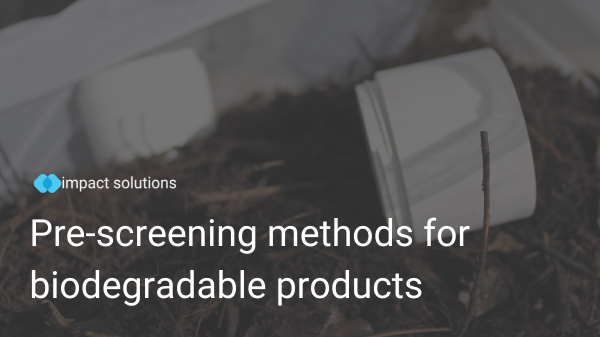OECD 301f : Manometric Respirometry Test
What is OECD 301 (A-F) test method?
OECD 301 (1992) test guideline presents six methods (i.e., A-F) that permit the screening of chemicals for ready biodegradability in an aerobic aqueous medium.
What is OECD 301f ?
The OECD 301f test method determines the ready biodegradability of a material by measuring oxygen consumption during biodegradation in closed respirometers (closed bottles with headspace). As one of the first tests within the OECD standard methods, it aims at screening readily biodegradable materials normally within 28 days.
What is involved in OECD 301f test method?
The OECD 301f method refers to manometric respirometry testing, that uses a measured volume of inoculated mineral medium, containing a known concentration of test substance (100 mg test substance/l giving at least 50-100 mg *ThOD/l) as the nominal sole source of organic carbon, is stirred in a closed flask at a constant temperature (+ 1°C or closer) for up to 28 days. The consumption of oxygen is determined either by measuring the quantity of oxygen (produced electrolytically) required to maintain constant gas volume in the respirometer flask, or from the change in volume or pressure (or a combination of the two) in the apparatus. Evolved carbon dioxide is absorbed in a solution of potassium hydroxide or another suitable absorbent. The amount of oxygen taken up by the microbial population during biodegradation of the test substance (corrected for uptake by blank inoculum, run in parallel) is expressed as a percentage of ThOD or, less satisfactorily, COD.
Optionally, primary biodegradation may also be calculated from supplemental specific chemicals made at the beginning and end of incubation, and ultimate biodegradation by DOC analysis.
This test is one of the standard tests which we can offer to understand the biodegradability of a product. We can work with you to design the best test programme for your product, get in touch today.
*ThOD – Theoretical oxygen demand (mg)





